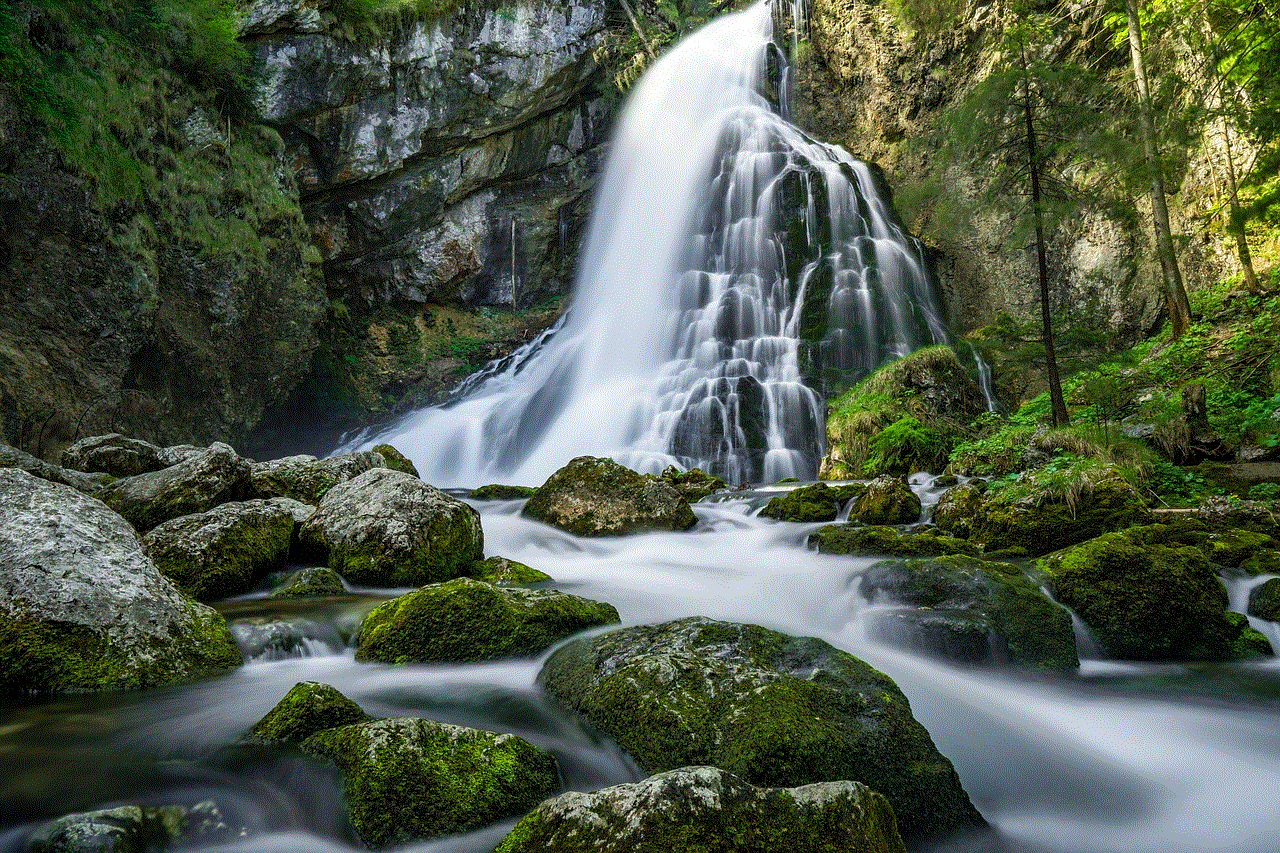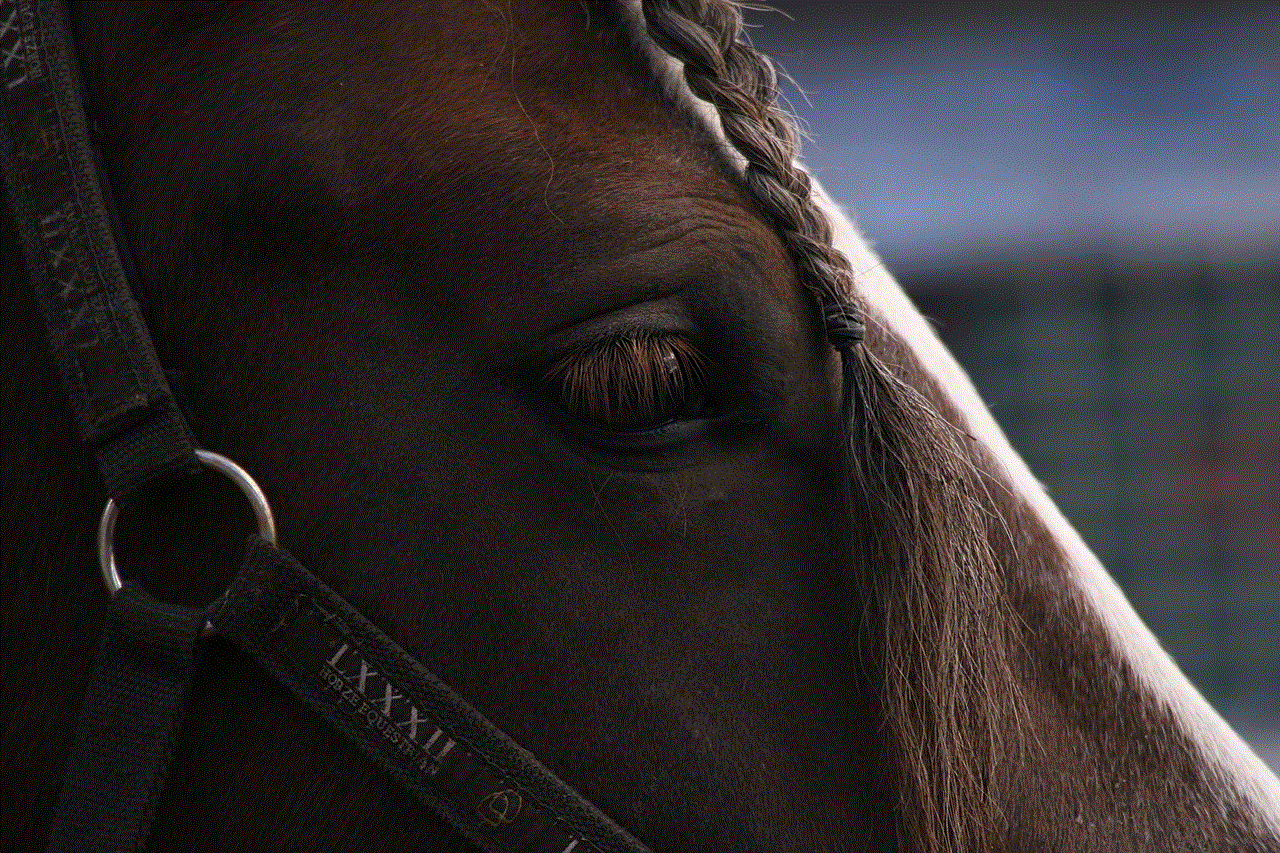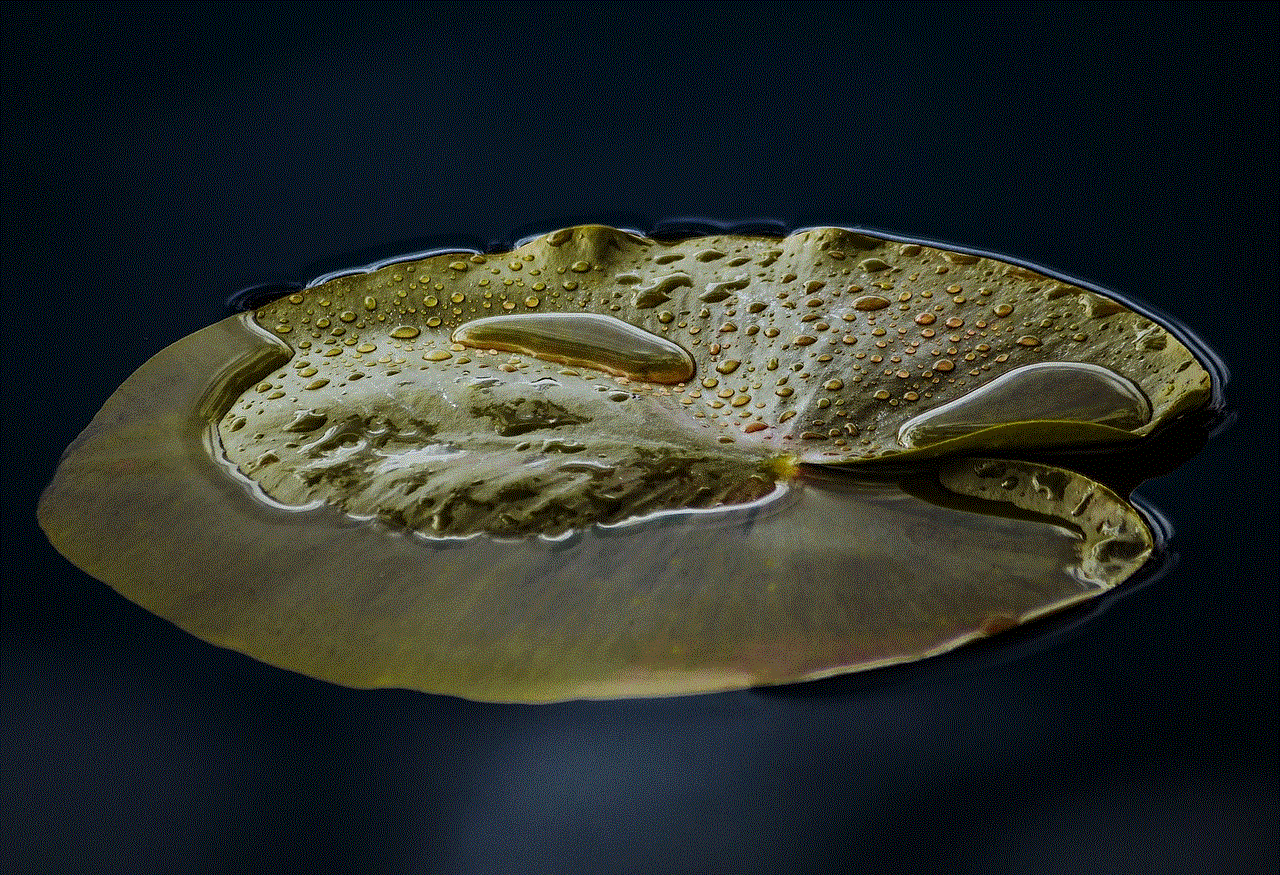good catfish pictures
Catfish are a popular type of fish that can be found in many different bodies of water around the world. They are known for their unique appearance and delicious taste, making them a favorite among fishermen and seafood lovers alike. However, one of the most challenging aspects of fishing for catfish is capturing the perfect picture. In this article, we will explore the art of taking good catfish pictures and provide you with tips and tricks to help you capture that perfect shot.
1. Understanding the Catfish Species
Before we dive into the specifics of taking good catfish pictures, it is essential to understand the different types of catfish species. There are over 3,000 species of catfish, and they come in various shapes, sizes, and colors. Some common types of catfish include channel catfish, blue catfish, flathead catfish, and bullhead catfish.
Each species has unique characteristics, such as the size and shape of their head, fins, and tails. Knowing the different types of catfish will help you identify the one you have caught and capture its unique features in your pictures.
2. The Right Equipment
Having the right equipment is crucial when it comes to taking good catfish pictures. The first thing you will need is a good camera. While most smartphones have decent cameras, investing in a high-quality camera will provide you with better results. A DSLR camera with a zoom lens is ideal for catfish photography as it allows you to get up close and personal with the fish without disturbing it.
A tripod is also an essential piece of equipment when it comes to taking good catfish pictures. It will help you stabilize your camera and prevent blurry images. Additionally, a pair of polarized sunglasses can also come in handy, especially when taking pictures near the water. They will reduce the glare and help you see the fish more clearly.
3. Lighting is Key
Lighting plays a significant role in photography, and catfish pictures are no exception. The best time to take catfish pictures is during the golden hour, which is the first hour after sunrise and the last hour before sunset. This is when the light is soft, warm, and provides a beautiful glow, making your pictures look more appealing.
If you are taking pictures during the day, avoid bright sunlight as it can cause harsh shadows and overexposure. Instead, find a shaded spot or use a diffuser to soften the light. On cloudy days, the light is diffused, making it perfect for capturing catfish pictures.
4. Angles and Composition
When it comes to catfish photography, the angle and composition of your pictures are crucial. Experimenting with different angles will help you capture the fish’s unique features and create more interesting shots. For example, taking a picture from above will highlight the catfish’s size, while a shot from the side will showcase its shape and color.
In terms of composition, the rule of thirds is a fundamental principle in photography. It involves dividing your frame into three equal parts horizontally and vertically, creating nine equal sections. Placing the subject at the intersection of these lines will make your pictures more visually appealing.
5. Background and Setting
The background and setting of your catfish pictures can make or break your shots. A busy background can be distracting, taking the focus away from the fish. Therefore, it is essential to choose a clean, uncluttered background. A simple blue sky, water, or a plain surface can serve as a perfect background for your catfish pictures.
Moreover, the setting can also add interest to your catfish pictures. For example, taking pictures of catfish in their natural habitat, such as a river or lake, can help tell a story and make your pictures more dynamic. Alternatively, you can also use props such as fishing gear, nets, or rocks to add depth and context to your images.
6. Patience and Persistence
Taking good catfish pictures requires patience and persistence. Catfish are not the most cooperative when it comes to posing for pictures, and it may take several tries before you get the perfect shot. It is crucial to be patient and wait for the right moment to capture the fish in its best pose.
Additionally, it is also essential to practice and experiment with different techniques and settings. With time, you will learn what works best for you and develop your style of catfish photography.
7. Safety First
While taking pictures of catfish can be an exciting and rewarding experience, it is essential to prioritize safety. Catfish have sharp spines that can cause injury, and some species, such as the electric catfish, can deliver an electric shock. Therefore, it is crucial to handle the fish with care and wear protective gloves when necessary.



Moreover, it is also essential to be mindful of your surroundings, especially when taking pictures near the water. Slippery rocks, deep water, and strong currents can pose a danger, so it is vital to take precautions and avoid accidents.
8. Capturing Action Shots
Catfish are known for their strong and elusive nature, making them challenging to catch and photograph. However, capturing action shots of catfish can result in some of the most striking pictures. To capture these shots, you will need to have a fast shutter speed and a bit of luck.
It is also essential to be ready and anticipate the action. Keep your camera settings and focus on the fish, and be prepared to press the shutter button at the right moment. With time, you will develop a sense of when the fish is about to make a move, and this will help you capture more dynamic shots.
9. Underwater Catfish Pictures
Another way to capture unique catfish pictures is by taking them underwater. This is a more challenging technique as it requires specialized equipment, such as an underwater housing for your camera. However, the results can be stunning, showcasing the fish in its natural habitat.
If you are not ready to invest in an underwater housing, you can also use a waterproof camera or a GoPro to take underwater catfish pictures. Be sure to experiment with different angles and lighting to capture the best shots.
10. Editing Your Catfish Pictures
Post-processing your catfish pictures can enhance their quality and make them more visually appealing. However, it is crucial to keep the editing natural and avoid over-processing. Some basic editing techniques you can use include adjusting the exposure, contrast, and saturation, and cropping the image to improve its composition.
There are also various editing software and apps available that offer more advanced features, such as removing distractions or adding filters to your pictures. Experiment with different editing tools and techniques to find what works best for your catfish pictures.
Final Thoughts
Capturing good catfish pictures requires a combination of skill, patience, and a bit of luck. By understanding the different types of catfish, having the right equipment, and following the tips and techniques mentioned above, you can capture stunning pictures of these elusive fish. Remember to prioritize safety, practice, and have fun while exploring the art of taking good catfish pictures.



how does clickbait make money
Clickbait is a term that has become increasingly popular in recent years, especially in the world of online media and advertising. It refers to headlines or titles that are designed to grab the reader’s attention and entice them to click on the link, often with exaggerated or misleading information. This type of content has become prevalent on social media platforms and news websites, and it has sparked debates about its impact and ethics. But one question that remains on everyone’s mind is: how does clickbait make money?
To understand the answer to this question, we first need to delve into the history and evolution of clickbait. The term itself was coined in the late 2000s, but the practice of using sensational headlines to attract readers has been around for much longer. In the early days of print media, newspapers used provocative headlines to sell copies, and this trend continued with the rise of tabloid journalism. However, with the advent of the internet and the decline of traditional print media, clickbait has taken on a whole new level of significance.
The reason for this is simple – online media is driven by clicks and views. The more people click on an article or video, the more revenue it generates for the publisher. This has led to the proliferation of clickbait headlines, as media outlets are constantly competing for attention in an oversaturated market. But how exactly does this translate into money?
One of the main ways that clickbait makes money is through advertising. Websites and social media platforms earn revenue by displaying ads to their users, and the more traffic they generate, the more ad revenue they can generate. Clickbait headlines are designed to attract as many clicks as possible, which in turn increases the number of views for the website or video. This, in turn, leads to higher ad revenue for the publisher.
Another way that clickbait makes money is through affiliate marketing. This is a type of performance-based marketing in which a business rewards an affiliate (in this case, the publisher) for each customer brought in through their marketing efforts. For example, if a clickbait article is promoting a product, and a reader clicks on the link and makes a purchase, the publisher earns a commission from the sale. This type of marketing is particularly popular in the world of clickbait as it allows publishers to make money without relying on ad revenue.
Native advertising is also a significant source of income for clickbait publishers. This type of advertising involves creating sponsored content that blends in with the platform’s regular content, making it less obvious that it is an ad. Native ads often use clickbait headlines to attract readers, and since they are designed to blend in with the regular content, they can be more effective in generating clicks and views. This, in turn, generates revenue for the publisher.
Some clickbait publishers also make money through sponsored content or product placements. This involves featuring a product or brand within the content, either subtly or overtly, in exchange for payment. This type of advertising is becoming increasingly popular, especially on social media platforms such as Instagram and youtube -reviews”>YouTube , where influencers and content creators are often paid to promote products to their followers. Clickbait publishers can also earn money through sponsored content, as long as they have a significant following and can offer exposure to brands.
In addition to these methods, some clickbait publishers also use subscription models to make money. This involves offering premium content or services for a fee, usually on a monthly or yearly basis. The idea is that the clickbait content will entice readers to subscribe to access more exclusive content or features. This model is particularly popular among news outlets and media companies, where clickbait headlines are used to attract readers to their subscription-based platforms.
Another way that clickbait makes money is through merchandise sales. This may seem like an unlikely source of income, but many clickbait publishers have built a loyal following and have capitalized on it by selling branded merchandise. This can include anything from t-shirts and mugs to phone cases and stickers, featuring the publisher’s logo or catchphrases from their clickbait content. This not only generates revenue but also helps to strengthen the publisher’s brand and deepen their relationship with their audience.
Finally, some clickbait publishers also make money through donations or crowdfunding. This involves asking for donations from readers or setting up a crowdfunding campaign to support the production of content. While this may not be as lucrative as other methods, it can still provide a steady stream of income for smaller clickbait publishers or individuals who rely on donations to fund their content creation.



In conclusion, clickbait may have a bad reputation for being deceptive or manipulative, but there’s no denying that it is a lucrative business. From advertising and affiliate marketing to sponsorships and merchandise sales, clickbait publishers have multiple ways to monetize their content and generate revenue. As long as there is a demand for attention-grabbing and sensationalized headlines, clickbait will continue to be a profitable industry, and we can expect to see more of it in the future.

